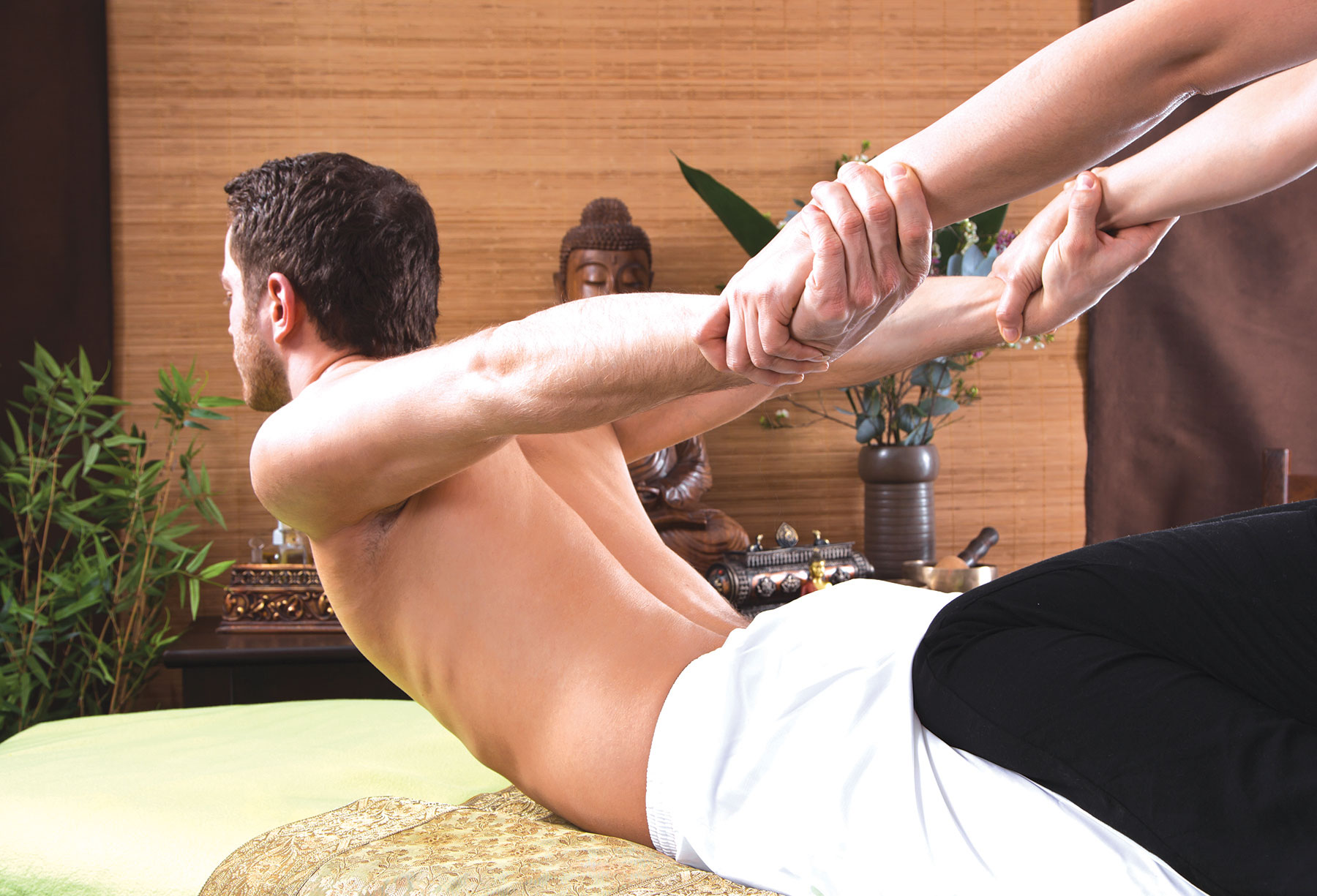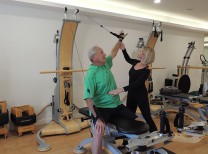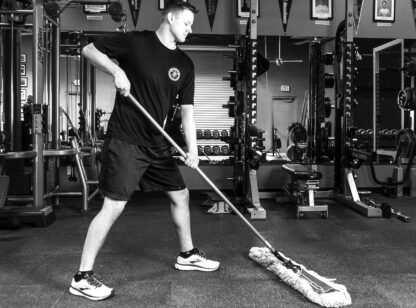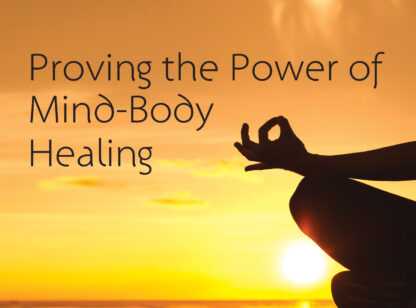There was a time when we would go to our local massage establishment, read through a menu of massage modalities and choose the one type of massage we thought was best for us. At the end of the massage, we would label our experience as exceptional, great, good, indifferent or just terrible. With a new approach to massage therapy we can better manage and tailor our outcome from the massage treatment.

Effective treatment includes a plan based on condition and goals.
An “integrated approach to care” perspective allows the skilled massage therapist, with input from his or her client, to create a session which best fits the client’s specific needs. This approach may use a single modality or a blend of several.
There are four main categories of care using this approach: therapeutic change, condition management, relaxation or comfort care, and body/mind awareness.
For example, neck and shoulder pain, a common condition caused by a number of situations, is a typical reason to seek massage therapy. Using an integrated approach to care, let’s explore how leveraging a session outcome would be more powerful than simply selecting a type of massage.
Therapeutic Change
A client with pain and/or limited movement of the neck and shoulder is seeking massage to specifically alleviate and change their current condition. Their condition can be caused by many factors including injury, accident, or repetitive use. The condition has not caused permanent damage. In this model, proper use of multiple massage techniques, plus a focus on client goals through multiple sessions, would be the ideal approach to achieve therapeutic change.
Condition Management
A client seeking condition management typically has a condition within the shoulder and neck that is permanent, such as fused disks, leaving limited range of motion. The condition cannot be removed but the stress and chronic pain can be managed, preventing a buildup and relentless muscular pain patterns. The massage therapist would tailor the massage to maximize the relief from the condition.
Relaxation or Comfort Care
The cause of the shoulder and neck pain might be permanent or temporary, physical or emotional. The body has little or no energy for therapeutic change or condition management; it needs to relax so it can restore and rebuild. This approach is often used in cases of exhaustion, trauma, or in end of life situations. The power of relaxation is often overlooked, as the concept of “no pain, no gain” has permeated client expectations. However, in this situation the therapist may urge the client to choose a style of massage that ensures stress relief and relaxation – one of the most powerful methods for both prevention and healing.
Body/Mind Awareness

The power of relaxation is often overlooked.
This approach is used to attain a deeper understanding of why the shoulder and neck condition exists. There are habits, emotions, thoughts and actions that can cause chronic pain anywhere in the body. In this type of session the massage therapist guides the client into a deeper self-awareness, going from a thoughtful state-of-being into a feeling state. As the process unfolds, clients often experience a high level of relief having worked through both physical and emotional levels of their pain.
Treating clients using the integrated approach to care draws from several modalities such as deep tissue, sports, cranial sacral therapy, aromatherapy, reflexology, Swedish, myofascial relief, manual lymph drainage, polarity therapy, Marma point therapy, lomilomi, acupressure and shiatsu.
Clients receive the benefit of experiencing several modalities integrated into a single treatment focused specifically on the client’s goals, as opposed to a therapist administering a single type of massage protocol.
The best massage therapists utilize this model and unleash the healing power of massage to achieve the highest benefit for their clients.
Kathleen Shyptycki CMT, HHP is a certified massage therapist and Ayurveda practitioner teaching courses at Somatherapy Institute School of Massage. For more information, please contact Somatherapy Institute at (760) 321.9214 or visit Somatherapy.com.
















































Comments (0)